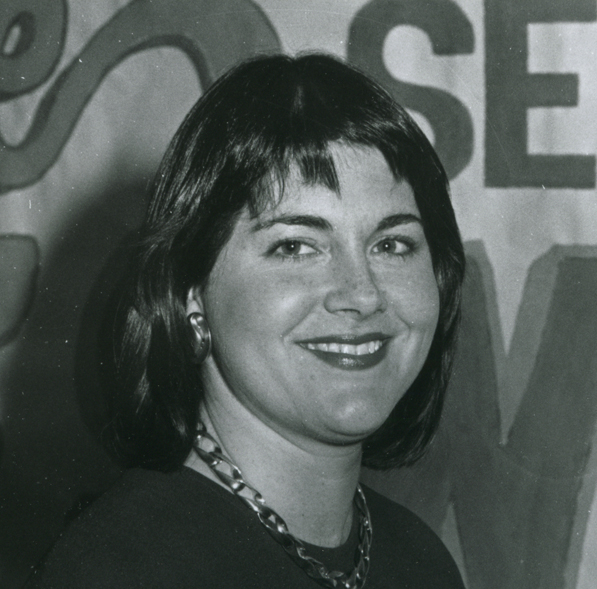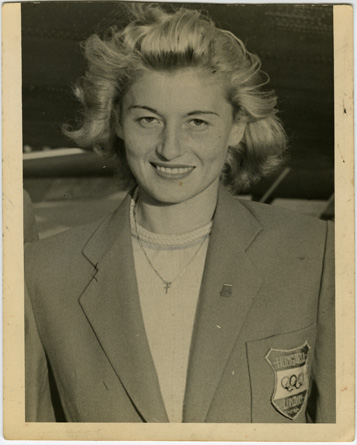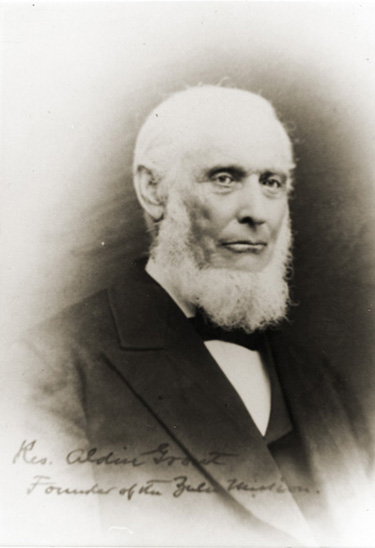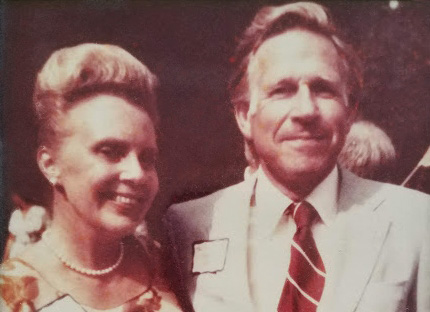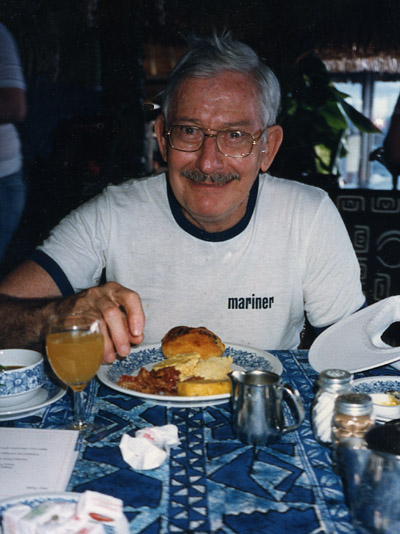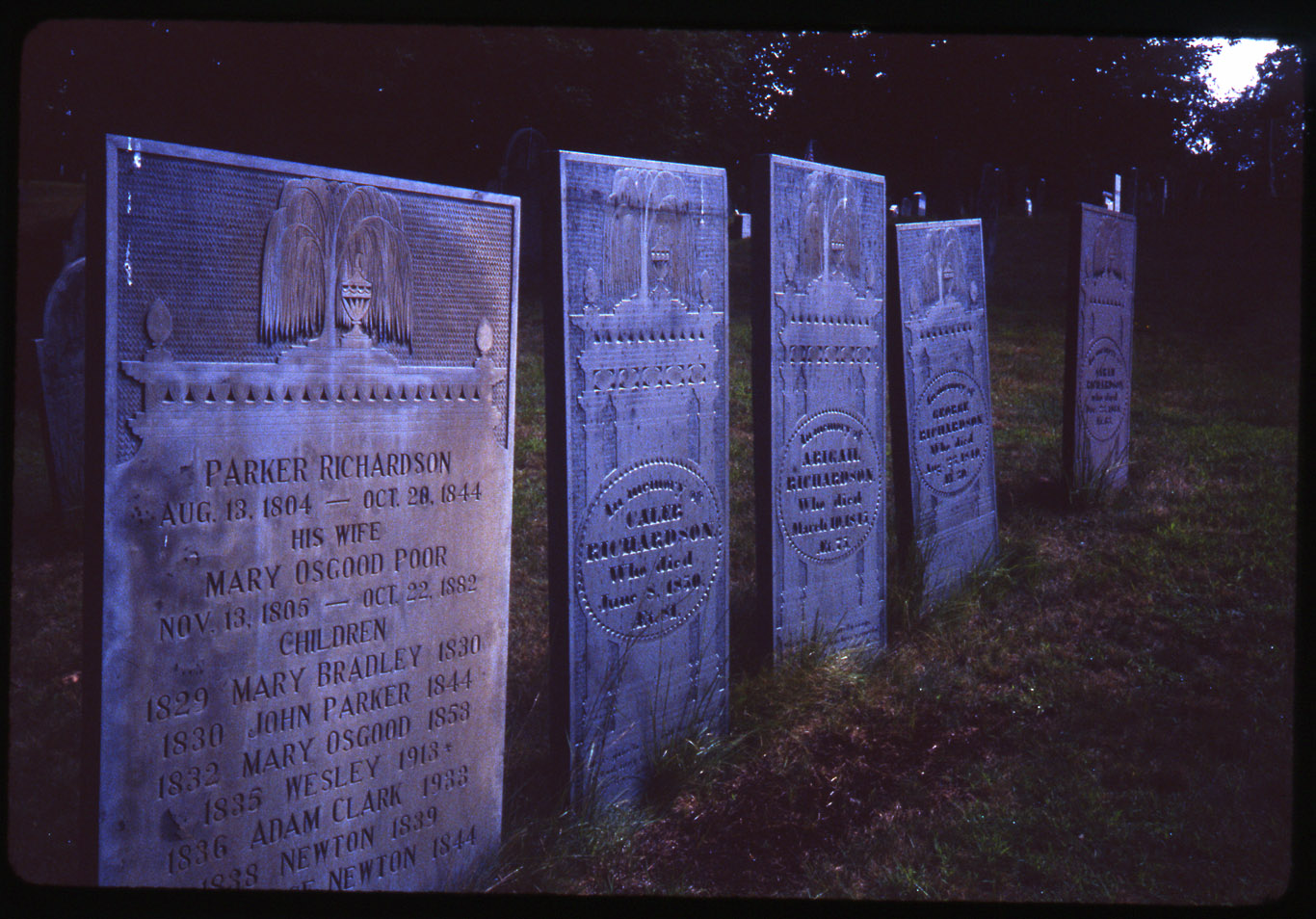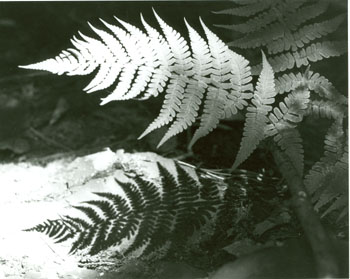Alton H. Blackington Photograph Collection
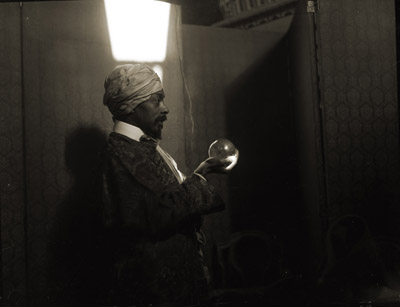
A native of Rockland, Maine, Alton H. “Blackie” Blackington (1893-1963) was a writer, photojournalist, and radio personality associated with New England “lore and legend.” After returning from naval service in the First World War, Blackington joined the staff of the Boston Herald, covering a range of current events, but becoming well known for his human interest features on New England people and customs. He was successful enough by the mid-1920s to establish his own photo service, and although his work remained centered on New England and was based in Boston, he photographed and handled images from across the country. Capitalizing on the trove of New England stories he accumulated as a photojournalist, Blackington became a popular lecturer and from 1933-1953, a radio and later television host on the NBC network, Yankee Yarns, which yielded the books Yankee Yarns (1954) and More Yankee Yarns (1956).
This collection of glass plate negatives was purchased by Robb Sagendorf of Yankee Publishing around the time of Blackington’s death. Reflecting Blackington’s photojournalistic interests, the collection covers a terrain stretching from news of public officials and civic events to local personalities, but the heart of the collection is the dozens of images of typically eccentric New England characters and human interest stories. Most of the images were taken by Blackington on 4×5″ dry plate negatives, however many of the later images are made on flexible acetate stock and the collection includes several images by other (unidentified) photographers distributed by the Blackington News Service.

